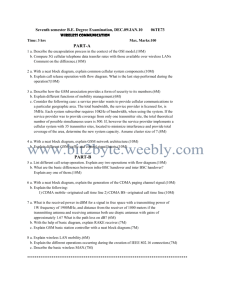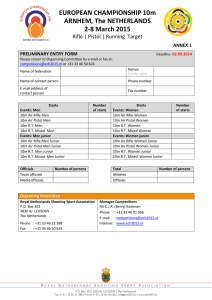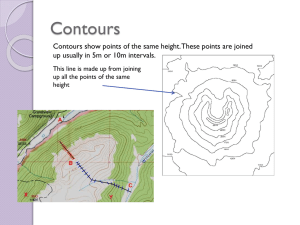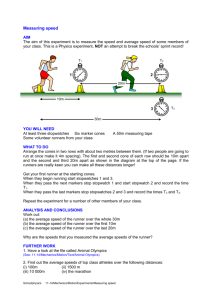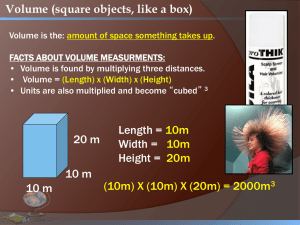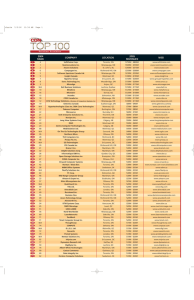The Speeding Ticket - Guided Practice Worksheet
advertisement
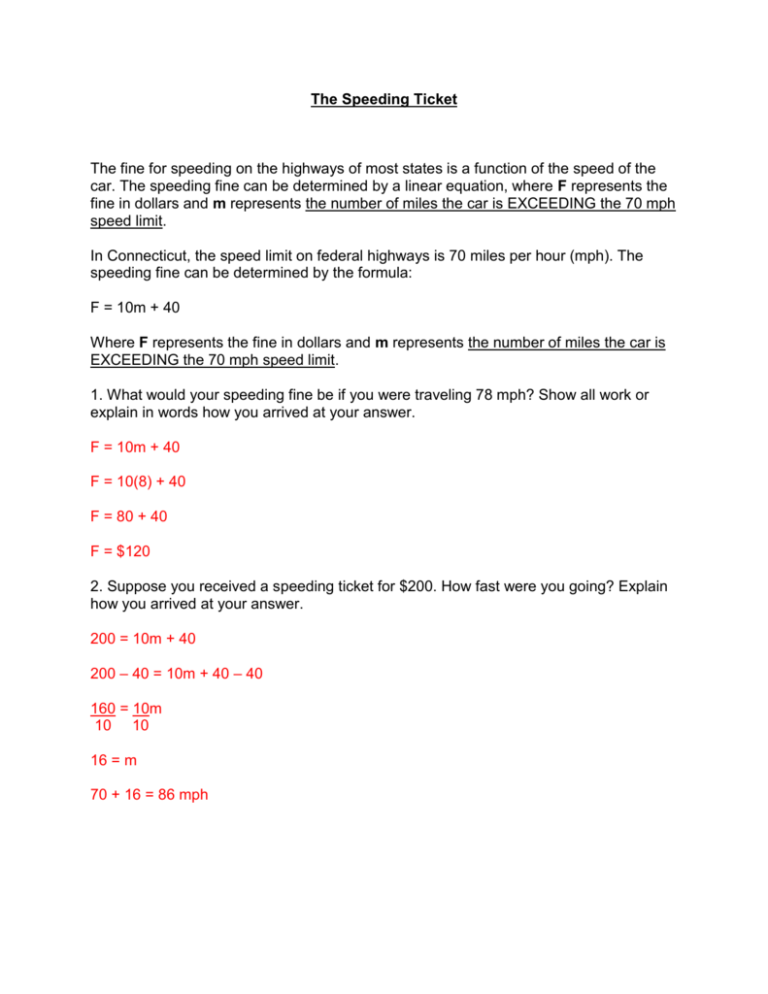
The Speeding Ticket The fine for speeding on the highways of most states is a function of the speed of the car. The speeding fine can be determined by a linear equation, where F represents the fine in dollars and m represents the number of miles the car is EXCEEDING the 70 mph speed limit. In Connecticut, the speed limit on federal highways is 70 miles per hour (mph). The speeding fine can be determined by the formula: F = 10m + 40 Where F represents the fine in dollars and m represents the number of miles the car is EXCEEDING the 70 mph speed limit. 1. What would your speeding fine be if you were traveling 78 mph? Show all work or explain in words how you arrived at your answer. F = 10m + 40 F = 10(8) + 40 F = 80 + 40 F = $120 2. Suppose you received a speeding ticket for $200. How fast were you going? Explain how you arrived at your answer. 200 = 10m + 40 200 – 40 = 10m + 40 – 40 160 = 10m 10 10 16 = m 70 + 16 = 86 mph 3. The minimum speeding fine in Connecticut is $90. What speed corresponds to this fine? Show your work or explain your solution in words. F = 10m + 40 90 = 10m + 40 90 – 40 = 10m + 40 – 40 50 = 10m 10 10 5=m 5 + 70 = 75 mph 4. The maximum speeding fine in Connecticut is $340. What speed corresponds to this fine? Show your work or explain your solution in words. F = 10m + 40 340 = 10m + 40 340 – 40 = 10m + 40 – 40 300 = 10m 10 10 30 = m 30 + 70 = 100 mph 5. Explain why it is unlikely for someone to receive a $50 speeding fine in Connecticut. Justify your answer mathematically. F = 10m + 40 *The minimum ticket is for exceeding 5 miles above the 50 = 10m + 40 speed limit, therefore it is impossible to receive a ticket for 50 – 40 = 10m + 40 – 40 less than $90. 10 = 10m 10 10 1 + 70 = 71 mph 1=m

